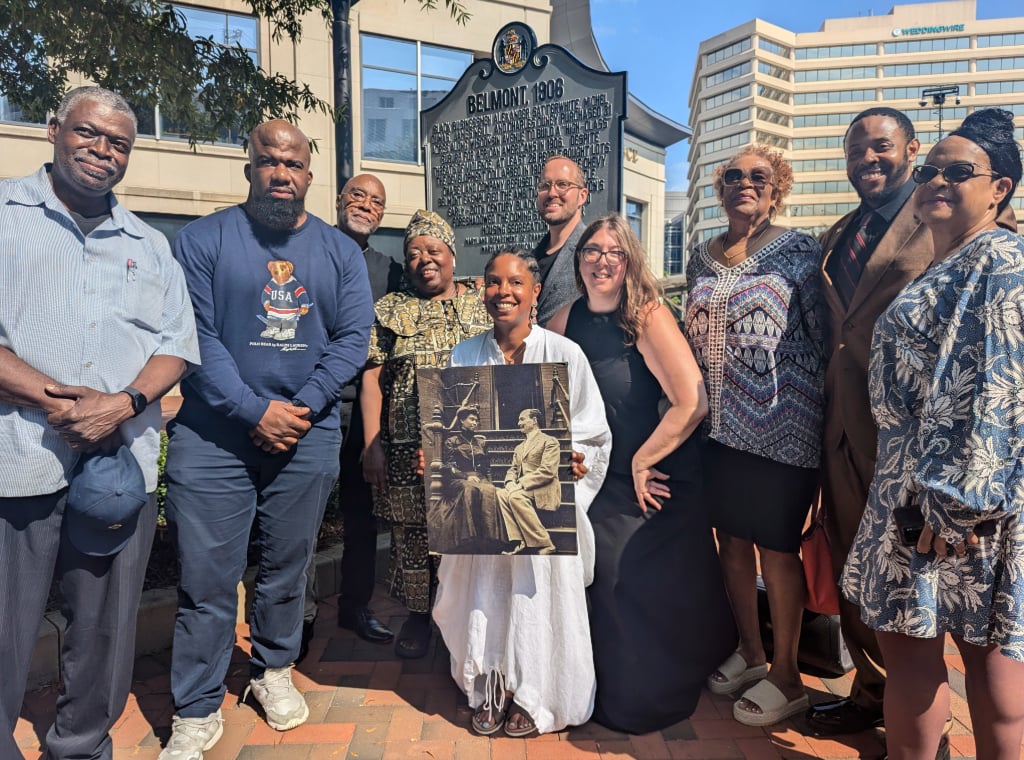Residents of the area’s large, high-end assisted-living communities—the kind where they can visit a beauty salon, restaurant, and theater without leaving the property—pay as much as $12,000 a month. For a lot of families, the fees are simply out of reach. Another option: Washington’s hundreds of small facilities, usually called assisted-living group homes. What these lack in luxe amenities, many make up for in personalized comforts and attention. The cost of living at such places—where maximum capacity can mean as few as eight residents—starts at less than $3,000 a month.
A big draw is that residents have the freedom to live as they would in their own house, playing Scrabble, planting a garden, helping with household tasks, and choosing their own decor.
At Georgia Weiss’s ten Avalon Homes throughout Virginia and Maryland—which range from eight to 15 residents—if someone likes the color yellow, her room will be painted yellow before she moves in. If another wants coffee in bed at 6 am every day or a ham-and-cheese sandwich at midnight, it’s not a problem. “One of our residents was British and loved teatime,” says Weiss. “So we prepared tea and biscuits for her—and anyone else who cared to partake—every afternoon.”
The vast majority of Washington’s group homes are in the Maryland suburbs—Montgomery County has almost 200, Prince George’s nearly 300. Northern Virginia has fewer than 30 and the District none, due to a combination of burdensome requirements, higher licensing fees, and other costs in both places.
When deciding among group homes, many families find it useful to hire a care manager for either a one-time consultation or ongoing support. Most of these professionals are nurses, social workers, and gerontologists who have become specialized consultants on aging, with expertise in long-term-care options. By and large, Washington-area care managers look favorably on small group homes.
Susy Elder Murphy, care manager and owner of Debra Levy Eldercare Associates, says her clients have had a lot of success at such facilities. She especially likes them for seniors with memory loss, “in part for their ability to tailor care. Their manageable size, without the long hallways and elevators of large facilities, is also a plus.”
Another benefit: There’s usually more staff per resident in small homes. While care managers say bigger places generally have one staff member for every eight to ten residents during the day, the ratio in group homes is typically at least one to four. Plus, in smaller homes, staff frequently work side by side with the owners.
Though group homes are often recommended for people with Alzheimer’s and other forms of dementia, and many are dedicated solely to people with memory loss, they aren’t licensed or equipped to provide skilled nursing care. They also tend not to devote resources to an extensive schedule of activities and outings. Both factors allow them to offer more affordable fees. The least you can reasonably expect to pay in the Washington area is about $2,500 a month, and that would be for a shared room in a home farther afield—say, in Aspen Hill rather than Bethesda.
Monthly costs—typically paid out of pocket or by long-term-care insurance—cover room and board, laundry, medication management, some transportation, and help with activities of daily living. Doctors, physical therapists, and other providers make house calls paid for by the resident’s private insurance or Medicare.
Each home is different, so people considering them are advised to inquire about potential additional costs and changes in staffing and services. Families should never hesitate to ask to talk with relatives of current and past residents.
Group homes are subject to the same regulations as larger facilities. To find out about safety or care violations, contact the Maryland Health Care Commission or the Virginia Department of Social Services.
Long-term-care ombudsmen are another resource. These advocates, employed by county governments, are hired to resolve complaints from residents in long-term care, so they tend to have a wealth of knowledge about which facilities have troubled histories. Eileen Bennett, ombudsman for Montgomery County, advises families to ask for a home’s most recent licensing survey and complaints: “They must provide it. If they won’t, it’s probably not a place you will want your loved one to live.”
Where to Find Help
Care managers are a great source of information. They routinely visit group homes and hear feedback from residents and family members. Here are a few respected local care managers as well as other resources.
Vanessa Bishop
Elder Care Consultants
703-904-0191
Robin Henoch
Always Best Care
301-637-0233
Carol Kaplun
Iona Senior Services
202-895-9448
Susy Elder Murphy
Debra Levy Eldercare Associates
301-593-5285
Alisa Scheiner
Loving Decisions
240-505-2366
The Aging Life Care Association
Certifies care-management professionals. The website has a search engine for finding names by Zip code. 520-881-8008.
Guide to Retirement Living Sourcebook
This free book and website has a list of every assisted-living option in DC, Virginia, and Maryland.
Iona Senior Services
Publishes a directory of area resources and services available online. 202-895-9448 (senior-services information and referral line).
National Long-Term Care Ombudsman Resource Center
Ombudsmen are advocates for residents, trained to resolve problems between families and facilities. The website has a search engine for finding ombudsmen and other resources by location.
This article appears in the November 2017 issue of Washingtonian.


















